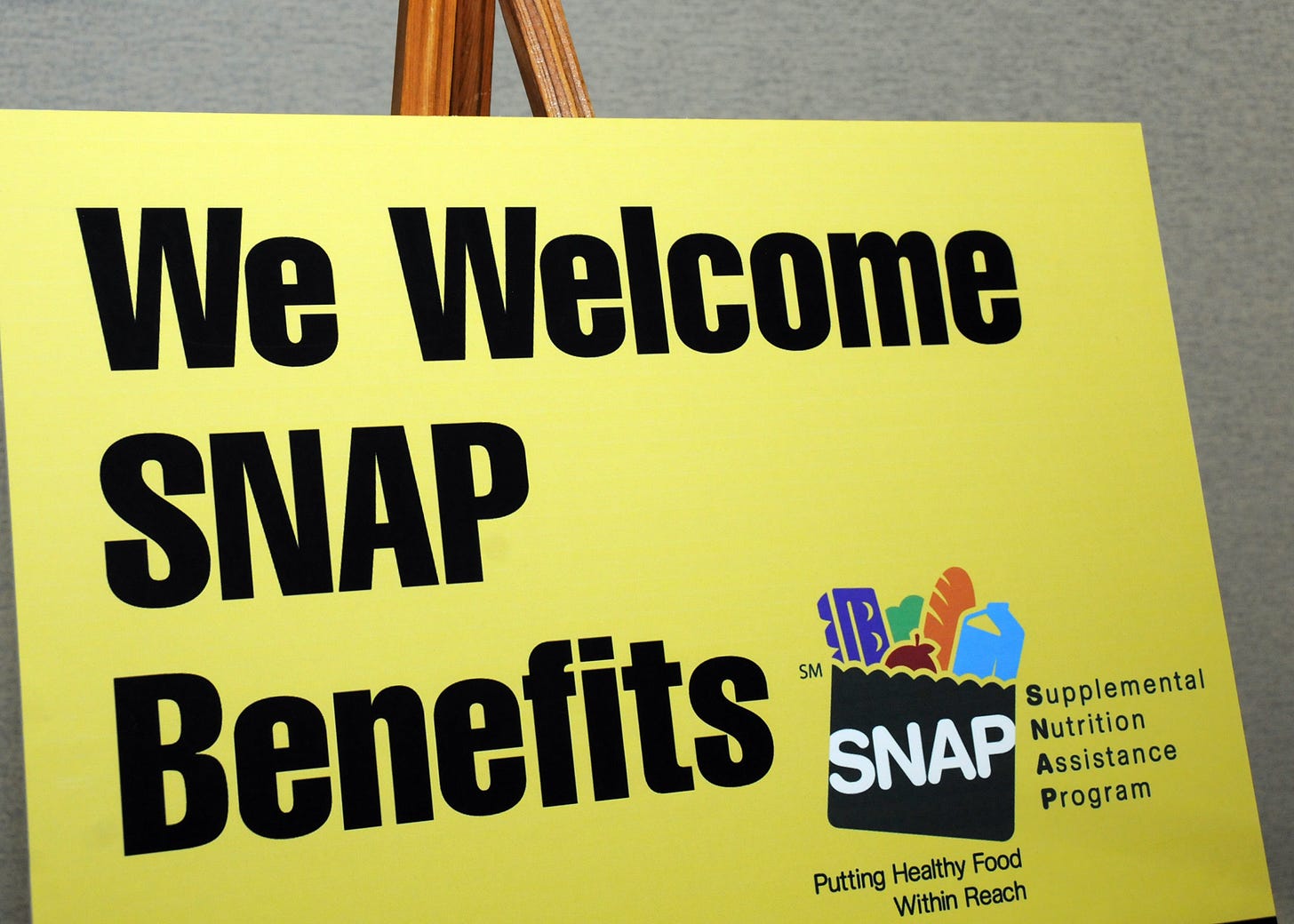The Texas Health and Human Services Commission reports that 3.5 million Texans, including 1.7 million children, will lose essential food benefits worth $617 million each month when the federal shutdown extends beyond October 27. The Supplemental Nutrition Assistance Program (SNAP), which operates as the most extensive anti-hunger program in the United States, faces a funding crisis because Congress has not resolved the budget standoff since October 1, which threatens to leave 10% of Texas residents without food security for November benefits.
Federal Warning Sparks Statewide Alarm
The U.S. Department of Agriculture’s Food and Nutrition Service sent notifications to state agencies in mid-October about a funding shortage that would prevent full November SNAP benefit payments for 42 million people across the United States. The acting associate administrator for SNAP, Ronald Ward, confirmed the severe situation in a letter to states, stating that funding will only last until October.
“If the current lapse in appropriations continues, there will be insufficient funds to pay full November SNAP benefits for approximately 42 million individuals across the nation,” Ward wrote, according to Texas Public Radio.
Texas officials began notifying the state’s most vulnerable residents on October 17 that their food benefits would halt in November if lawmakers fail to end the shutdown, which has already entered its fourth week. The Texas Health and Human Services Commission confirmed to CBS Austin that it is “monitoring how the federal government shutdown may impact benefits”. It verified that November benefits will not be issued if the impasse persists.
Food Banks Brace for Unprecedented Demand
The Central Texas Food Bank already serves 610,000 food-insecure families. It has hosted emergency food distributions for nearly 1,000 families of federal workers at Austin-Bergstrom International Airport and Fort Hood in recent weeks. The organization estimates that 76,000 federal workers in the region are missing paychecks due to the shutdown.
Approximately 127,000 Central Texas households that rely on the food bank also depend on SNAP benefits, representing roughly $44 million in monthly benefits—an amount Vatske emphasized the nonprofit cannot replace. The situation is particularly acute in Travis County, where about 87,000 people depend on SNAP assistance.
“People who never needed support before are coming to us for the first time. This is devastating for them,” Vatske told CBS Austin.
Vulnerable Populations Face Greatest Risk
SNAP benefits in Texas range from $200 to $400 based on family size, while the typical monthly benefit is $379, according to Texas Public Radio’s August statistics. Monthly food assistance funds are available on Lone Star Cards, which people can use at grocery stores throughout Texas.
The CEO of Feeding Texas, Celia Cole, explained that suspending November benefits would create a severe daily problem for Texans. The daily loss of food assistance would affect 126,000 Texans, costing them $21 million in benefits.
“Our position is that people should not go hungry during the government shutdown, and that they should fund SNAP and they should fund WIC, while they work out their differences,” Cole told ABC 7 Amarillo.
October Benefits Secure, But Future Uncertain
Every Texan who operates as a nonprofit policy organization confirms that October SNAP benefits remain accessible for all users. SNAP recipients who have already received their Lone Star Card benefits should keep using their available funds, as these dollars remain usable until new benefits become available.
The Texas Health and Human Services Commission requires SNAP recipients to maintain their application renewal process during the shutdown and to respond to all official correspondence immediately. The application process for new applicants should proceed without interruption because of the ongoing situation.
The shutdown has not affected any Texas assistance programs, including TANF, WIC, Medicaid, and CHIP, according to Texas Public Radio.
Food Banks Mobilize Emergency Response
The upcoming October 27 deadline has forced Texas food pantries and banks to create emergency response plans. The Feeding Texas food bank finder allows all Texans to search for local pantries and regional food banks through their zip code.
People can access local food assistance information by dialing 2-1-1 and selecting option “1.” Vatske states that food banks must limit their food distribution because their current stock does not meet the growing number of clients. Vatske explains that the organization will focus on getting the most food possible.
“We know that many Americans are already one paycheck away from needing a food bank, so it stands to reason that if a paycheck is missed, people do need additional support,” Vatske told Texas Public Radio.
The Central Texas Food Bank distributes emergency food at a monthly cost of $1.3 million, which Vatske believes will not sustain the organization in the future.



